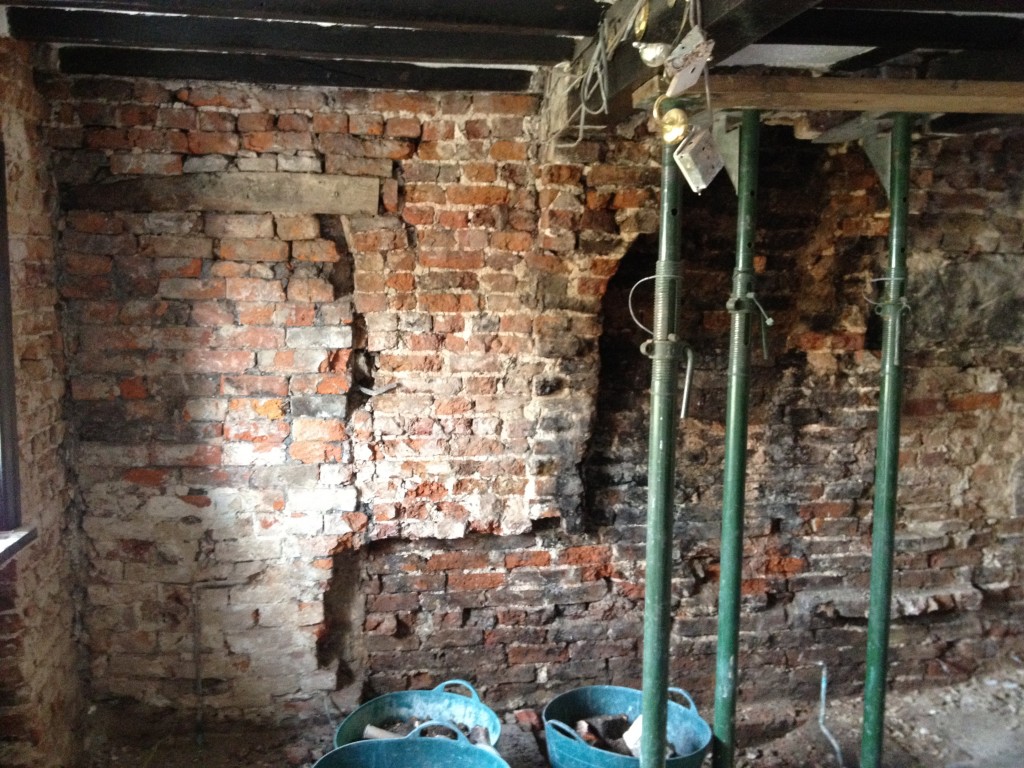Does your property have water under your floor? We cannot emphasize enough the importance of a having a technical survey carried out by an industry professional who is experienced, qualified and accredited in order to identify the root causes of the problem. The solution to standing water and associated issues such as dampness, decay and infestation in timber floors is rarely simple or a single source. We believe it makes sense to avoid costly mistakes of having works carried out which subsequently prove to be incorrect or inadequate simply because an accurate diagnosis has not been made at the outset.
Our proprietor David Kerry BSc CSRT CSSW ICIOB is a degree qualified experienced quantity surveyor specialising in the remediation of damp and timber issues, qualified with the Property Care association to CSRT level. David is also qualified with the Property Care association in structural waterproofing of underground structures (CSSW) such as basements and sub-floor voids. David is an incorporate member of the Chartered Institute of Building.
Standing water under suspended ground floors is an all too common sight. Water may come and go depending on the seasons and amount of rainfall.
The source of water ingress could be any combination of the following:
- Ground water due to high water table.
- Water ingress due to falls of hard impermeable surfaces around the property incorrectly falling towards the house.
- Defective rainwater gulleys and drains.
- Water pipe leaks within the property.
- Water leaks from local authority services outside the property.
Dry rot outbreak (image 1) with standing water in sub-floor void (image 2) exacerbating the problem. Dry rot found in right side top corner of the room shown in second image.
Suspended timber floors are commonly associated with older buildings and comprise generally of timber joists overlaid with floor boards with a space underneath the floor typically around 50cm deep but could be more or less.
This form of floor construction allows for service runs under the floor such as electric cables and central heating water pipes.
In older properties the end bearings of timber joists are often sat on brickwork walls under the floor without a damp proof course to separate the joist end from damp brickwork. The joist end becomes damp and often starts to decay. Over time the decay and foot fall on the floor above leads to the floor dropping. In old terraced houses where the sub floor is most damp typically around the chimney breasts, the floor surface either side of the chimney breast is often seen to have dropped one or two centimetres which is usually due to decay in the joist ends.
Standing water in the sub floor leads to elevated levels of dampness in the walls and therefore, decay and infestation in the joist ends. Rots such as dry rot will spread faster over and through damp walls.
Also where there is a defective damp proof course the levels of dampness in the walls above the floor and the height to which damp travels above the floor will increase leading to unwanted problems such as unsightly damp stains, dilapidated plaster, spoiled decorations and powdery salt efflorescence.
In addition, standing water increases levels of humidity in the sub floor void with can diffuse through the floor structure. As timber is hygroscopic and vapour permeable this leads to increased levels of humidity in the rooms above and issues such as condensation and black mould occur especially in the winter months.
Standing water prevents access for services and repairs to cables and pipes.
At DRYabode we have various methods of dealing with standing water in sub floor voids. We treat the void and an underground structure similar to a basement.
Basement waterproofing is governed by British Standard BS8102 and our approach is waterproofing and de-watering sub-floor voids and other underground structures is the same.
David Kerry, our proprietor and surveyor holds the CSSW (Certified Surveyor in Structural Waterproofing) qualification having been trained and accredited by the Property Care Association (PCA). Dryabode Property Care are proud to be associated with the Property Care Association, the main governing body in the UK in this industry.



